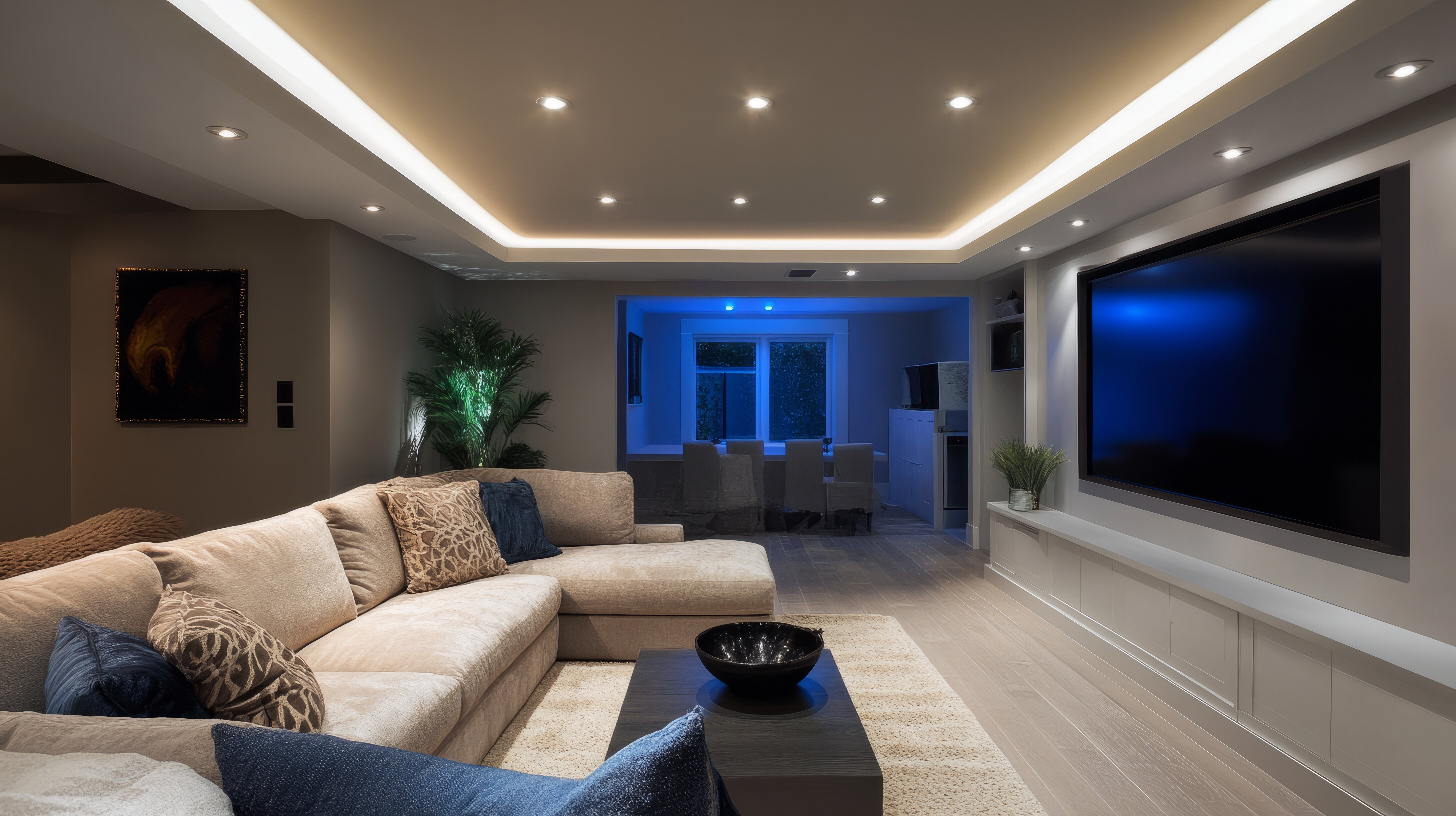
Planning a Home Addition in Washington DC
In Washington DC, homes come packed with charm — but not always enough space.
Whether you’re growing your family, transitioning to remote work, or simply craving more breathing room, a custom home addition could be the key to turning your “almost perfect” home into your forever home.
The good news? It’s possible.
The better news? It may be one of the smartest ways to increase both your comfort and your home’s value — especially in DC’s competitive housing market.
Here’s what you need to know before adding on.
What Counts as a Home Addition?
A home addition doesn’t always mean building an entirely new wing.
In many DC homes, it could be as simple as a small bump-out off the kitchen, a new second-story bedroom, or even converting a garage or sunroom into livable space.
Common home addition types in Washington DC include:
Why it matters to buyers:
- Room extensions for bedrooms or family areas
- Second-story builds on rowhomes or bungalows
- In-law suites or guest rooms
- Enclosed porches or sunrooms
- Rear additions to expand kitchens or living rooms
No matter the size, every addition must comply with DC zoning and permitting requirements — and it pays to work with a contractor who knows the terrain.
What Permits Do You Need in DC?
Washington DC has specific zoning codes, lot restrictions, and historic district rules that affect what you can build. Even small additions can trigger a permit process.
You may need:
- Building permits (required for structural changes)
- Zoning approval if you’re expanding footprint or height
- Historic preservation review in certain neighborhoods
- Neighbor notifications depending on lot lines
Navigating this system takes time — and patience.
At MaxHousePrice, our team understands the nuances of DC’s Department of Buildings (DOB) and helps homeowners avoid delays with permit-ready plans and full project management.

What Affects the Cost of a Home Addition in Washington DC?
The cost of a home addition depends on many factors — and in a unique market like DC, those factors can shift quickly.
Instead of quoting hard numbers (which can vary dramatically), it’s more helpful to understand the biggest
cost drivers:
- Size of the addition – Larger additions require more materials, time, and structural support.
- Type of build – Bump-outs, second stories, and garage conversions each have different planning and labor needs.
- Structural changes – Moving plumbing, reinforcing foundations, or altering rooflines adds complexity.
- Zoning & permit requirements – Historic districts or tight lot lines can affect timelines and design.
- Finishes and materials – Custom cabinetry, energy-efficient windows, and high-end fixtures raise quality and cost.
- Site access – Rowhomes and narrow city lots may limit equipment use or require special logistics.
Tip: Start with your goals first. Think about how the space needs to function, then work with a team (like MaxHousePrice) that can tailor the design to fit your budget and priorities.
How a Home Addition Adds Long-Term Value
Adding square footage is one of the most powerful ways to boost your home’s equity — especially in a space-limited city like DC.
Here’s why home additions deliver strong ROI:
- Increase your total livable area
- Add high-demand features (e.g., new bedrooms or bathrooms)
- Modernize your home’s function and layout
- Improve resale appeal in competitive neighborhoods
- Save money vs. selling, buying, and moving
In fact, some DC additions — like second-story builds in rowhouse neighborhoods — can recoup up to 90% of their cost at resale, depending on the quality and timing.
If you’re thinking long-term, it’s a smart way to protect and grow your investment.
What to Do Before You Start Your Addition
The biggest challenge most sellers face? They have equity, but not the liquid cash to fund these strategic upgrades.
Here’s your quick checklist before you move forward:
With our “Renovate Now, Pay Later” model:
- Check your property’s zoning and lot coverage limits
- Look into historic preservation rules if applicable
- Get a rough budget range and align with your long-term goals
- Choose a local contractor who understands DC permitting
- Be clear on how the new space will function for your family
- Prioritize design that matches your home’s current style
Most importantly, find a team that listens to your needs and handles the heavy lifting — from plans and permits to final walkthrough.
Want More Space Without Leaving the Home You Love?
If you’re not ready to move — but your space is no longer working for you — a home addition may be the perfect solution.
At MaxHousePrice, we build beautiful, code-compliant additions that make your DC home more livable and more valuable.
We handle the zoning, permits, design, and build process from start to finish, so you don’t have to guess or stress.
Whether you need one extra room or a full second-story expansion, our team is here to guide you with care, clarity, and total transparency.
Explore Home Additions in Washington DC →
Let’s grow your space — and your possibilities — together.
